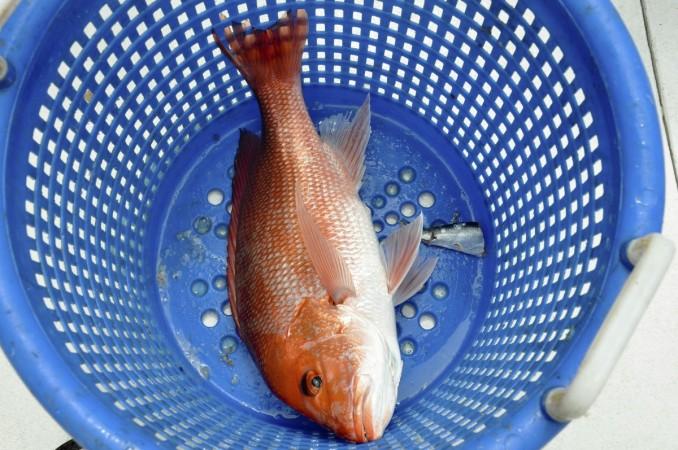
More than hundred people, including the workers of a fish exporting firm, suffered from food poisoning over the week because of eating delicacies made using Red Snapper fish in the Ullal, Mangalore.
Eateries and fish exporters were strictly warned by the Dakshina Kannada district administration and food and civil supplies minister, UT Khaderthat that if the fishes sold by them were found poisonous, then they will be held accountable.
The deputy commissioner, Jagadeesha KG, asked the restaurants to be more cautious while serving fish to their customers after being informed by some exporters that the poisonous puffer fish have been sold in the local markets.
A meeting was conducted on Thursday, October 6 2016 in at the Deputy Commissioner's office in Mangaluru. The meeting was chaired by Khader and he asked the fish exporters to be more careful during dispatching the internal organs or heads of the fish for manure or fish meal.
Khader said that this is not the first time fish poisoning has made people sick in the region, there were previous instances of food poisoning too, however, the authorities did not know the cause of the illness then.
Jagadeesha KG even spoke about constituting a committee which would involve experts who will form important guidelines about processing poisonous fishes which are used by the local people. The guidelines would also mention which kind of treatment will be adminsitered in such cases.
"We cannot say that it may not happen again. Hence, standard protocols are necessary," Jagadeesha KG said, according to a Times of India report.
Jagadeesha KG also warned the fish exporters and said that their companies would be shut if any venomous fish parts or head are found in the market. The exporters were also told that the poisonous fish remains should be used only for making manure. A Food Safety and Standards Authority of India (FSSAI) consultant, Dr Iddya Karunasagar said that it is not advisable to make fish feed using poisonous parts.
The fisheries and food safety department were also told to circulate the guidelines to eateries and restaurants that they would be blamed if the consumers fell sick after eating such fish delicacies prepared at their premises.
Marine Authority personnel, Ashok Kumar, said that the Red Snappers were fished outside the Indian waters and it's yet to examine where the stock came from from. "We have to trace the boat which did the fishing and get the GPS coordinates from them to know where the catch came from," Kumar said.
Scientists from Central Marine Fisheries Research Institute, Mangalore revealed that the poison gets accumulated in fishes due to consumption of toxic unicellular algae called dinoflagellates. The fishes consuming these algae are in turn eaten by larger fishes. The breed of fishes in which the poison gets collected include red snapper, grouper, perches or shellfishes.
Detecting the fish containing poison is difficult as they don't exhibit any change in the taste, colour or odour. The most common food poisoning caused by consumption of venomous marine fish is called ciguatera food poisoning.

















